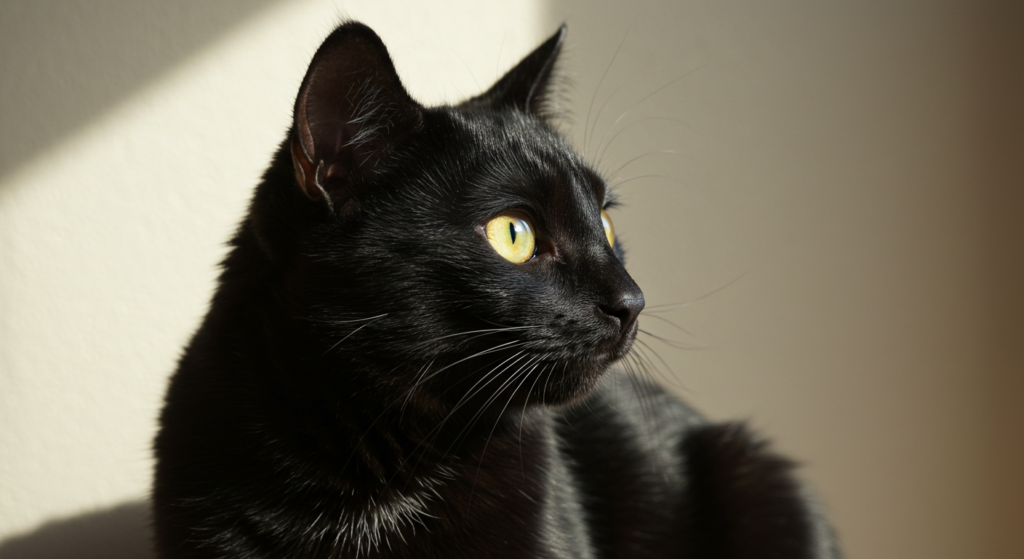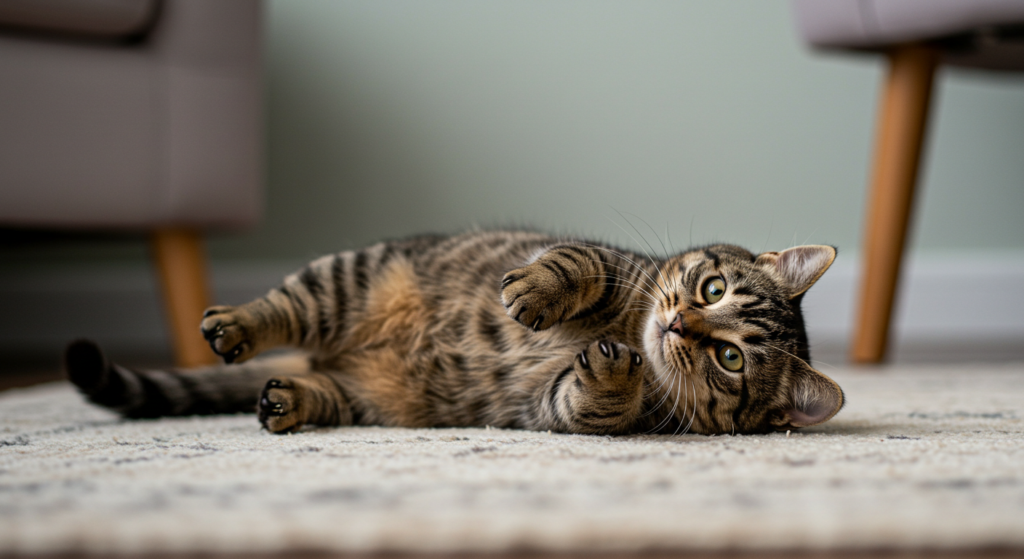Table of Contents
- Introduction
- Physical Characteristics of Munchkin Cats
- Personality and Temperament
- Health and Lifespan
- Caring for a Munchkin Cat
- Frequently Asked Questions (FAQs)
- Conclusion
Introduction
Munchkin cats are one of the most adorable and unique feline breeds, famous for their short, stubby legs and long bodies. Resembling a Dachshund (or “Weiner dog”) in structure, these cats have a distinctive wiggly walk that adds to their charm. Standing just 5 to 9 inches tall and weighing 6 to 9 pounds, Munchkins are small but full of personality. In this article, we’ll explore their physical traits, temperament, health, and care needs.

Physical Characteristics of Munchkin Cats
Munchkins are easily recognizable due to their short legs, which result from a natural genetic mutation. Despite their small stature, they have long bodies and well-developed muscles.
- Height: 5 to 9 inches
- Weight: 6 to 9 pounds
- Leg Shape: Short, stubby legs (similar to a Dachshund)
- Walk: A wiggly, playful gait
Their coat can vary from short to long-haired, and they come in various colors and patterns.
Personality and Temperament
Munchkins are known for their playful, social, and affectionate nature. Despite their short legs, they are surprisingly agile and love to:
- Chase toys
- Climb (using furniture for assistance)
- Engage in interactive play
They get along well with children, other cats, and even dogs, making them excellent family pets.
Health and Lifespan
Munchkin cats are generally healthy, but their unique body structure requires some attention.
- Life Expectancy: 12 to 15 years
- Potential Health Concerns:
- Lordosis (a spinal curvature condition, though rare)
- Joint issues (due to short legs)
Regular vet check-ups and a balanced diet help maintain their well-being.
Caring for a Munchkin Cat
To keep a Munchkin happy and healthy:
- Diet: High-quality cat food to prevent obesity
- Exercise: Interactive toys to keep them active
- Grooming: Regular brushing (especially for long-haired Munchkins)
- Vet Visits: Routine health monitoring
Frequently Asked Questions (FAQs)
1. Are Munchkin cats natural?
Yes, their short legs result from a natural genetic mutation.
2. Can Munchkin cats jump?
While they can’t jump as high as other cats, they are still quite agile and use furniture to climb.
3. Do Munchkin cats have health problems?
They are generally healthy but may be prone to joint or spinal issues. Responsible breeding minimizes risks.
4. Are Munchkins good with kids?
Yes! They are playful and social, making them great companions for families.

Conclusion
Munchkin cats, with their stubby little legs and wiggly walk, are undeniably charming. Their playful and loving nature makes them wonderful pets for many households. While their unique body structure requires some care, they generally live long, healthy lives. If you’re looking for a small, energetic, and affectionate feline, the Munchkin might be the perfect choice!
